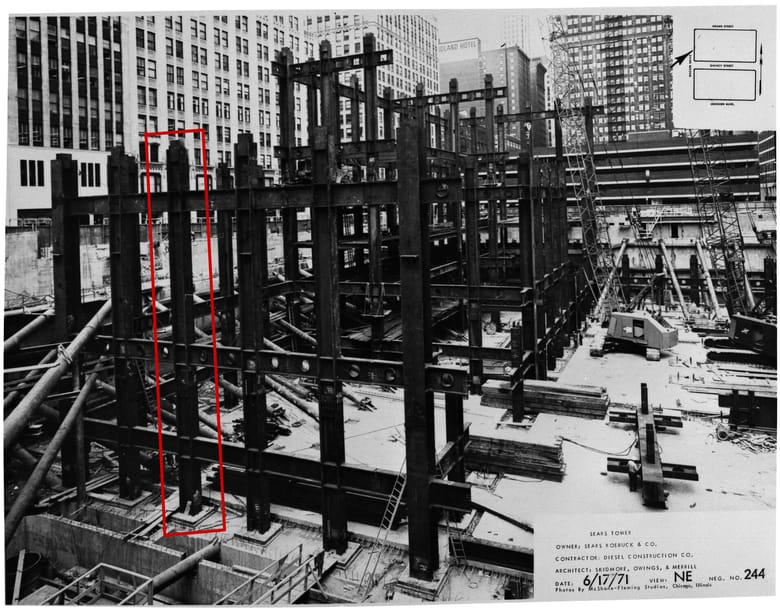In architecture, a column refers to a vertical structure that supports a load. It can be freestanding or within the skeletal frame of a building. Columns have been a fundamental element in architectural design for centuries and can support the weight of a building or specific architectural features such as arches or beams.
While columns are essential to the core structure and stability of buildings, they also frequently serve a decorative purpose, adding aesthetic value to structures.
There are several types of classical columns:
Doric Column:
- Description: The Doric column is the simplest and oldest of the classical columns. It typically has a fluted shaft, a plain capital, and no base.
- History: Originating in ancient Greece, the Doric column is associated with the architecture of mainland Greece and the Parthenon in Athens. Doric refers to the Dorian Greeks, one of the ancient Greek tribes.
Ionic Column:
- Description: The Ionic column is characterized by its volute—a spiral scroll-like ornament on the capital. It often has a slenderer appearance compared to the Doric column and may include a base.
- History: The Ionic column developed in the eastern Greek islands and became prominent in the Hellenistic period and later in Roman architecture. The Ionic column is called "Ionic" because it is associated with the Ionian Greeks, another one of the ancient Greek tribes.
Corinthian Column:
- Description: The Corinthian column is the most ornate, featuring an elaborate capital adorned with leaves and flowers. It is often slender and may include a base.
- History: Originating in ancient Greece, the Corinthian order gained popularity during the Roman period and is associated with more prestigious or luxurious structures. The name of the column comes from the ancient Greek city of Corinth. Legend has it that Callimachus, an ancient Greek architect, was inspired by a floral arrangement atop the grave of a young girl buried in Corinth.
These classical columns convey different cultural influences and historical periods. Doric columns are often associated with strength and simplicity, while Corinthian columns symbolize elegance and luxury. Ionic columns fall somewhere in between, embodying a balance of strength and sophistication.






















